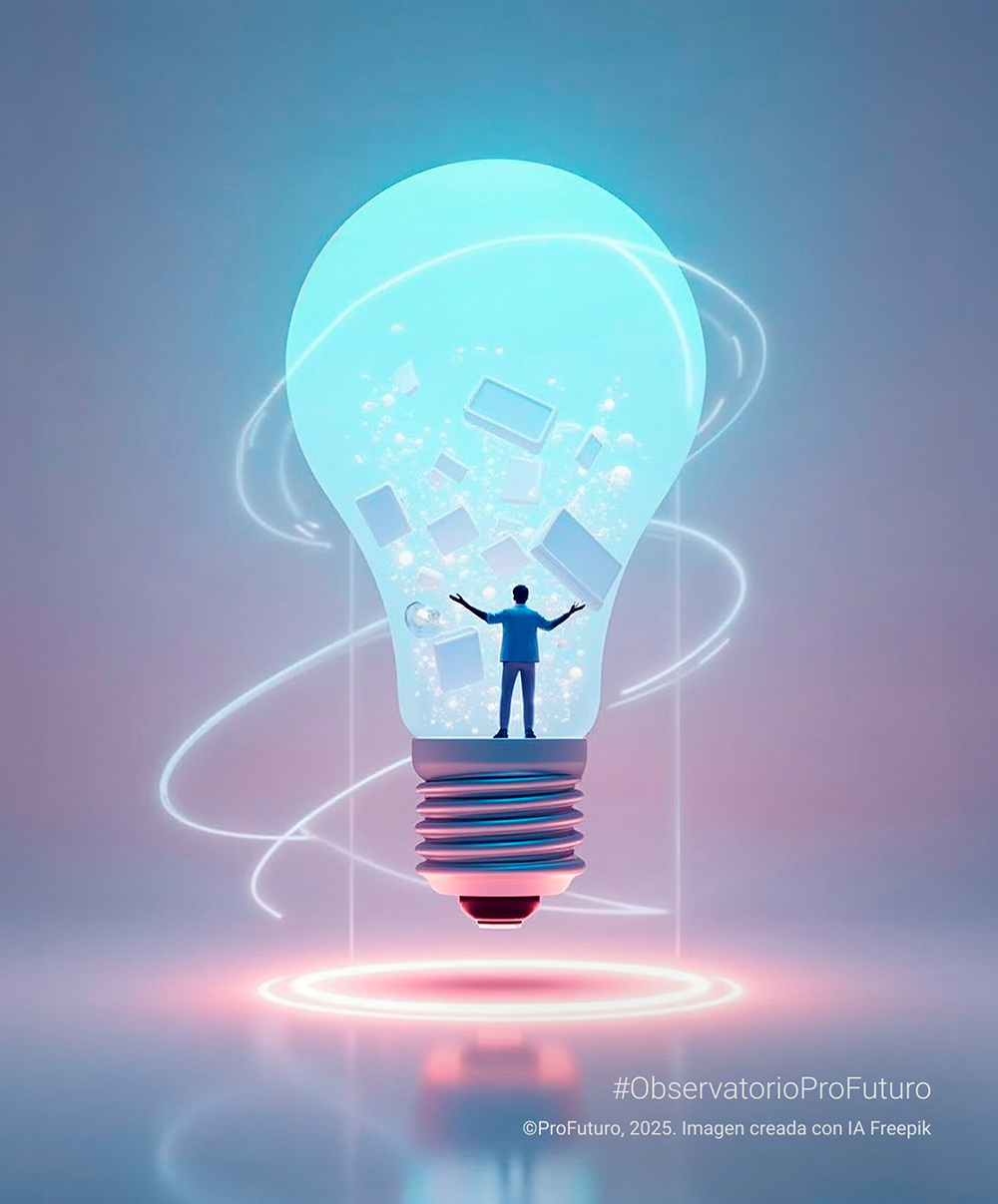Mesopotamian civilisations are fascinating. No one doubts that. As is the theory of evolution, Aristotelian logic or inorganic formulation. The problem is not in the content, but in the way it is taught. Lectures and memorisation, the most common teaching methodologies to date, are what bore students to death. Passivity does not motivate.
However, playing is fun and exciting. In analogue and digital: identifying with a story, saving the world, passing screens, getting rewards and earning points. Games motivate you, challenge you and keep your attention. There is no passive play.
Harnessing these elements of gaming and applying them to education to make learning a memorable experience has been a growing trend in recent years. This is gamification and in this article we explain what it is and what its main principles are.
What’s gamification?
Gamification consists of applying elements characteristic of games to activities that, in principle, are not playful. For example, in the world of commerce, gamification is used in the popular points-based loyalty or membership programmes: spending money or time on a particular retailer’s application to earn points, discounts or gifts.
Gamification in education consists of applying elements such as rewards or badges, narratives that place students in a context where they can practise their tasks, unexpected elements to surprise and motivate them…
Are gamification and game-based learning the same thing?
No. They are not the same. Gamification does not use games per se to teach, as Game-Based Learning does, but uses some of its elements or techniques to apply them to the contents of a given didactic unit. Thus in gamification, the contents are taught in a more or less similar way (the learning activities themselves are not necessarily different) but different structures and systems are used, based on game elements. However, in Game-Based Learning the learning process itself becomes a game (usually a game that already exists). For example, using Angry Birds in Physics to learn the laws of parabolic motion of projectiles, organising a Jeopardy-style quiz to review the content of a particular lesson, or using Scrabble to learn language, vocabulary or languages.
What game elements are used in gamification?
The Monterrey Institute of Technology identifies several game elements that can be used to gamify a classroom. These are as follows:
- Goals and objectives: They generate motivation by presenting the student with a challenge or a problematic situation to solve. They help to understand the purpose of the activity and to direct students’ efforts.
- Narrative: It places participants in a realistic context in which actions and tasks can be practised. It inspires them by identifying with a character, a situation or a cause.
- Freedom of choice: It offers the player different possibilities to explore and advance in the game, as well as different ways to achieve the objectives.
- Freedom to make mistakes: It encourages players to take risks without fear of causing irreversible damage. It encourages student confidence and participation.
- Rewards: These are rewards you receive during the game to get closer to your goal; they allow you to access a new area, acquire new skills or have better resources. They motivate competition and a sense of achievement.
- Feedback: It directs the user’s progress on the basis of his or her behaviour. It is usually immediate, indicating to the player whether or to what extent the player is acting correctly and to what extent the target is being addressed. It is sometimes provided at the end of a particular episode to show a statistic or analysis of the player’s performance.
- Visible status: It allows all participants to be aware of their own and each other’s progress, what they have achieved and what they lack. This can generate reputation, credibility and recognition.
- Cooperation and competition: It encourages players to team up to achieve a common goal and to confront other participants in order to achieve the goal before or better than them. This dynamic generates greater motivation for the participants as it challenges them to do better than their opponents.
- Time restriction: It introduces an extra pressure that can help to concretise efforts to solve a task in a given period.
- Progress: It is based on scaffolding pedagogy, i.e. it guides and supports students by organising levels or categories, with the purpose of directing progress. It allows the player to develop increasingly complex or difficult skills as they progress through the game.
- Surprise: Including unexpected elements in the game can help motivate and keep players engaged in the game.
What is the role of the teacher in gamification?
When designing a gamification strategy, it is not necessary to consider all elements at the same time. The teacher should take those whose characteristics may be most valuable for the learning experience to be achieved. The teacher will be responsible for combining these game elements with a good instructional design that incorporates engaging and challenging activities and guiding the learner’s experience towards the development of the expected competences.
To do this, you will need to set a goal (e.g. improve participation or increase certain skills) and select the material you want to gamify (it is best to start with small teaching units and then broaden the focus). It should also take into account the type of students/players the activity is aimed at based on their interests and motivations. Once the objective has been set and the players have been recognised, you can select the elements of the then that you wish to apply to the learning unit of your choice.
Are there resources and tools for gamifying education?
Although the gamification of education does not necessarily have to be digital, it is true that the proliferation of new technologies facilitates the task. Thus, in recent years, numerous tools have emerged that help gamify or use gamification as part of their learning strategies. We list some of them below:
Socrative: It allows the creation of questionnaires that students can answer in real time from their mobiles. Results rankings are also available. It is free of charge if the number of students does not exceed 50.
Super Teacher Tools: In addition to multiple activities in quiz format, it offers very useful tools such as a countdown clock, a random name generator or a dice simulator.
Ta-tum: is a platform for the promotion of reading with the aim of bringing students closer to books through gamification. The students will join a detective agency and become literary investigators.
At ProFuturo we also have multiple tools that use gamification applied, especially, to vulnerable environments and countries: for example, ProFuturo Mathematics our platform for teaching Mathematics, or Antura & The Letters which teaches Syrian refugee children to read in Arabic.
In education, gamification aims to transform traditional lessons into an enhanced learning experience where students choose to explore and practice the content, earning badges and various benefits. Incorporating game elements into the educational context increases student motivation, generates cooperation and promotes knowledge retention. Let’s make our classrooms an exciting place.






